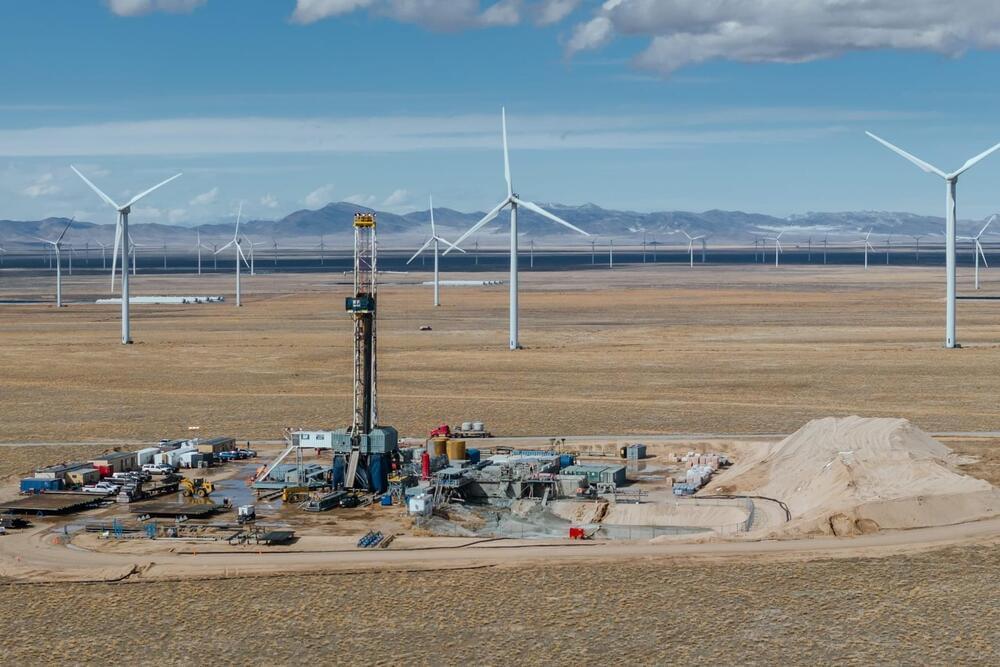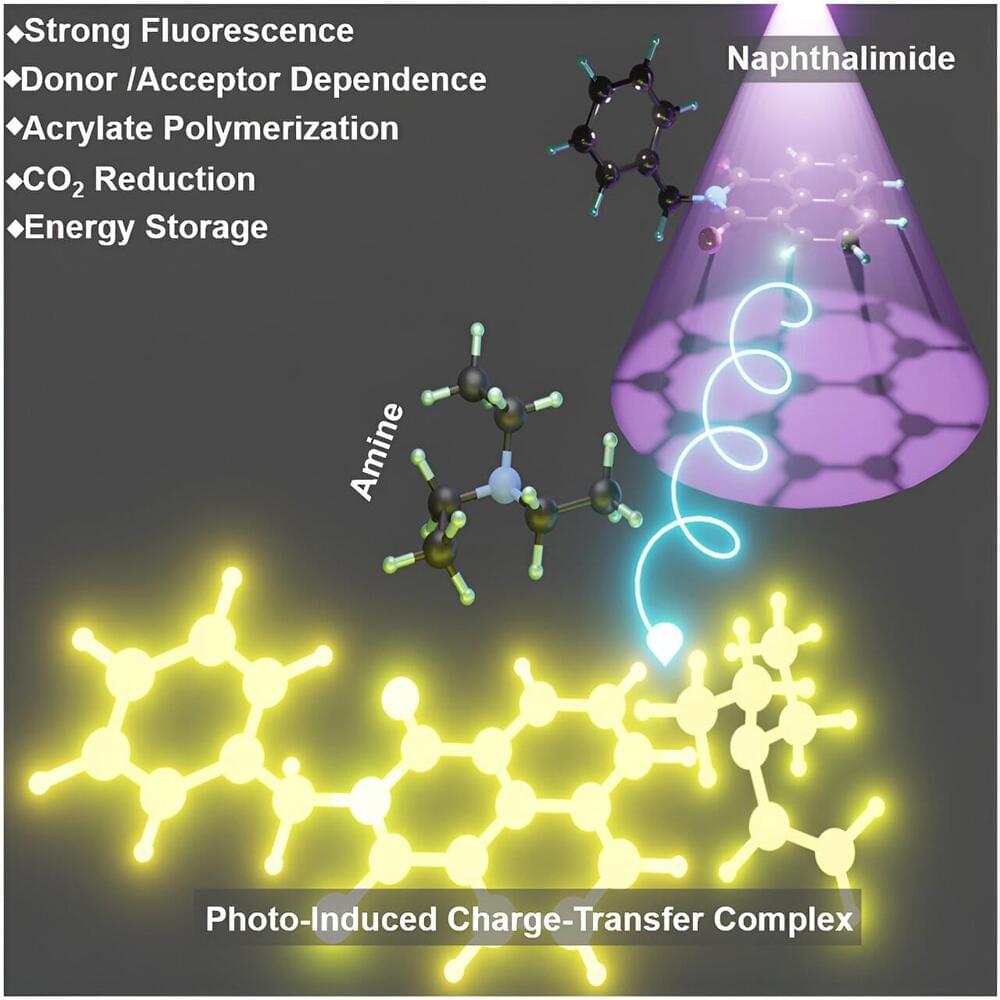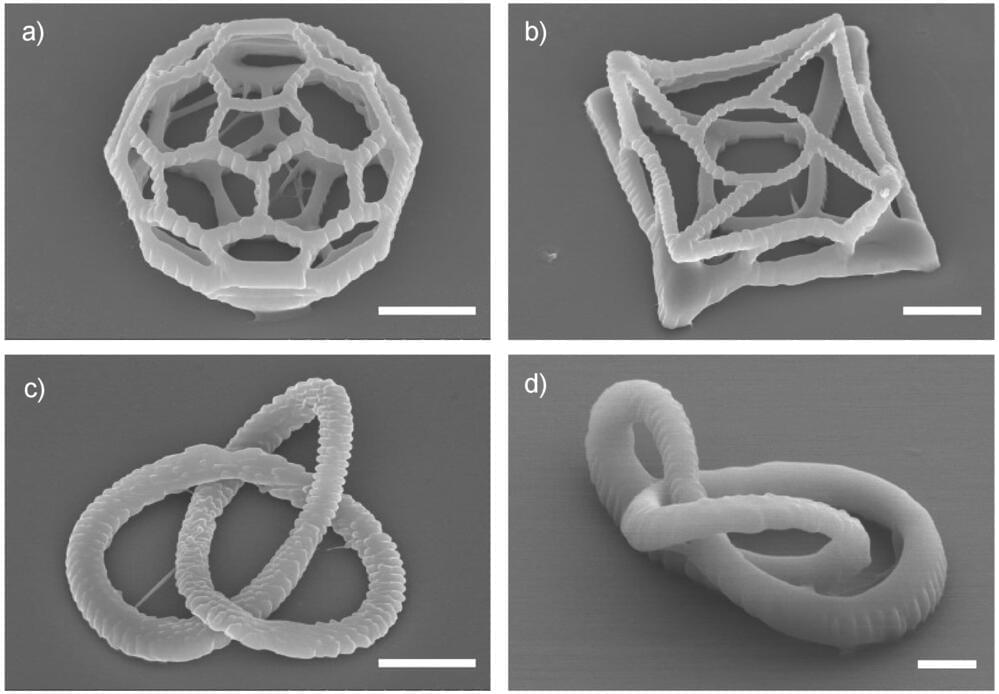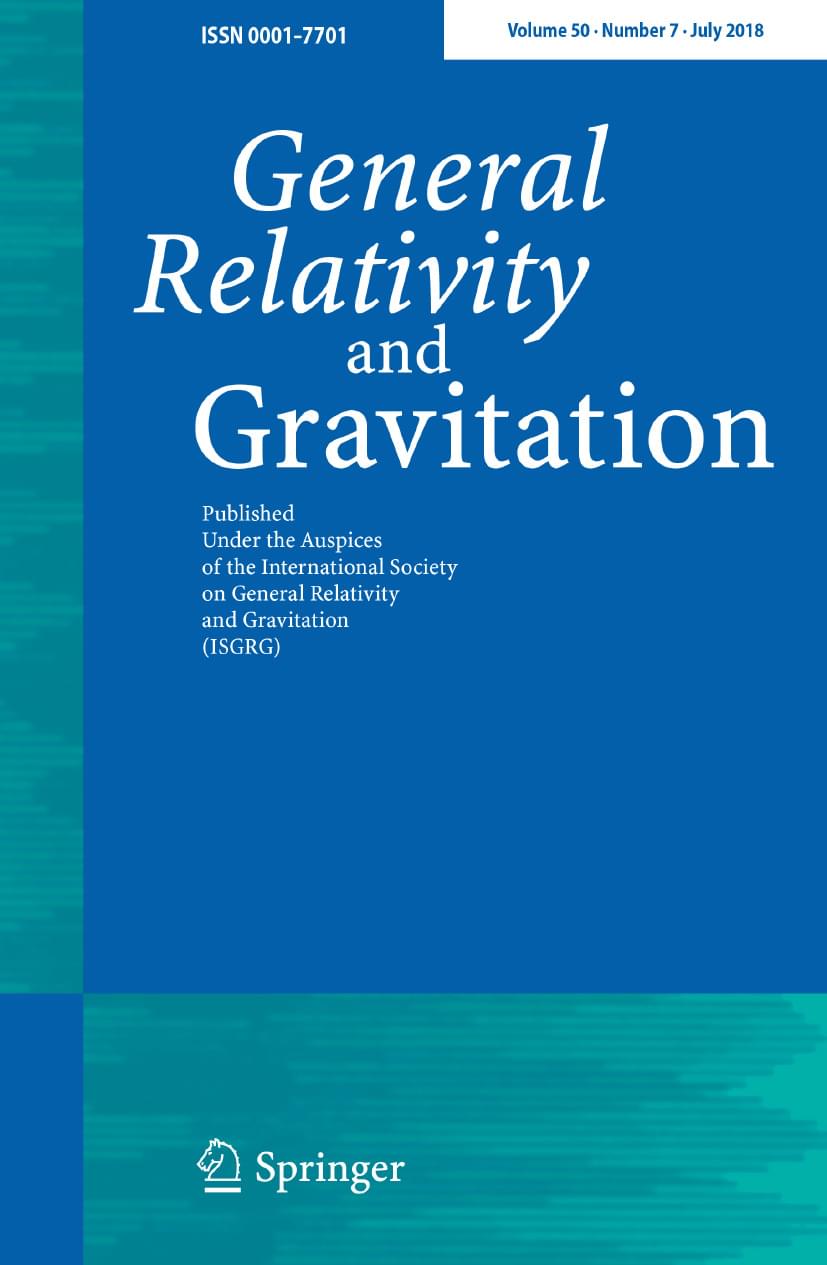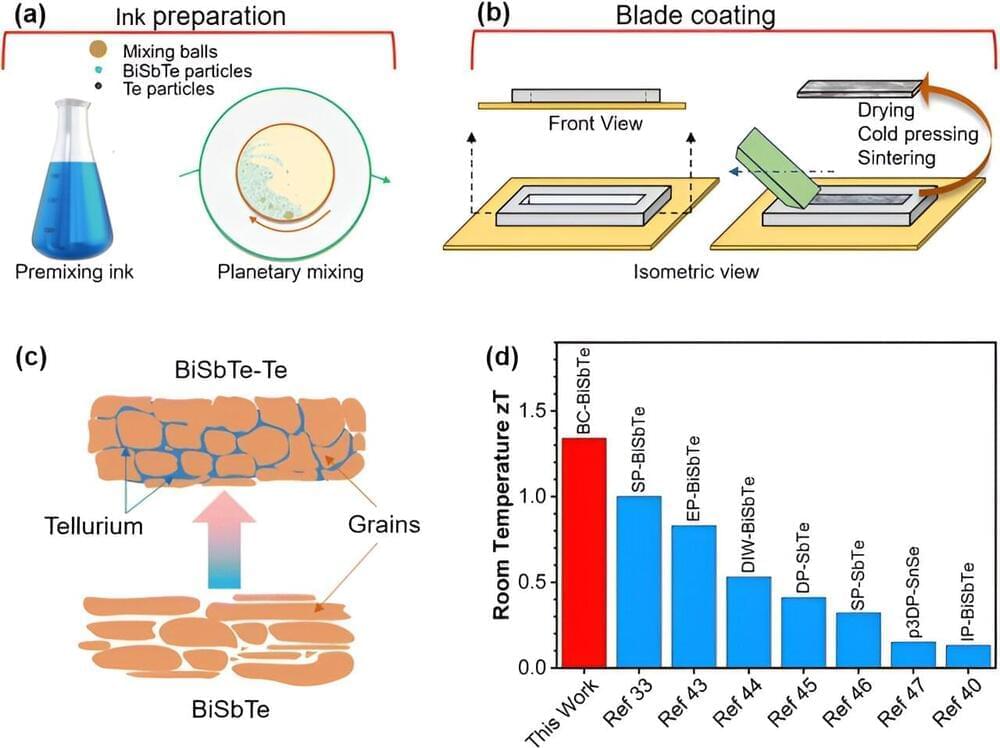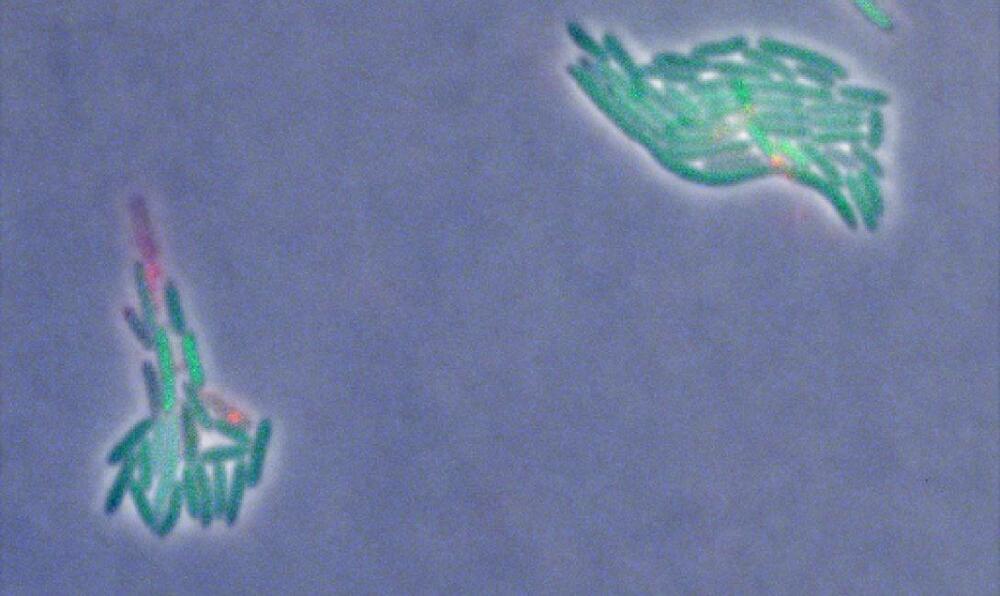Just a year ago, Fervo Energy successfully demonstrated the effectiveness of its horizontally oriented geothermal system. Now the company has landed a massive contract for providing its clean, virtually endless power to the California grid.
It’s only been one year since Fervo Energy unveiled a novel concept in geothermal energy harvesting at its Project Red pilot plant in Nevada. Instead of drilling vertical bores that deliver water into the hot rocks lying beneath the Earth’s surface, it used techniques from the oil and gas industry to break up rocks, drive water through them horizontally, and collect the resultant steam to drive turbines at the surface.
The company said that its new method was set to change the geothermal landscape because it could work in many locales – not just those where hot rocks are close to the surface like in Iceland and New Zealand. And a new contract proves that it was right.
